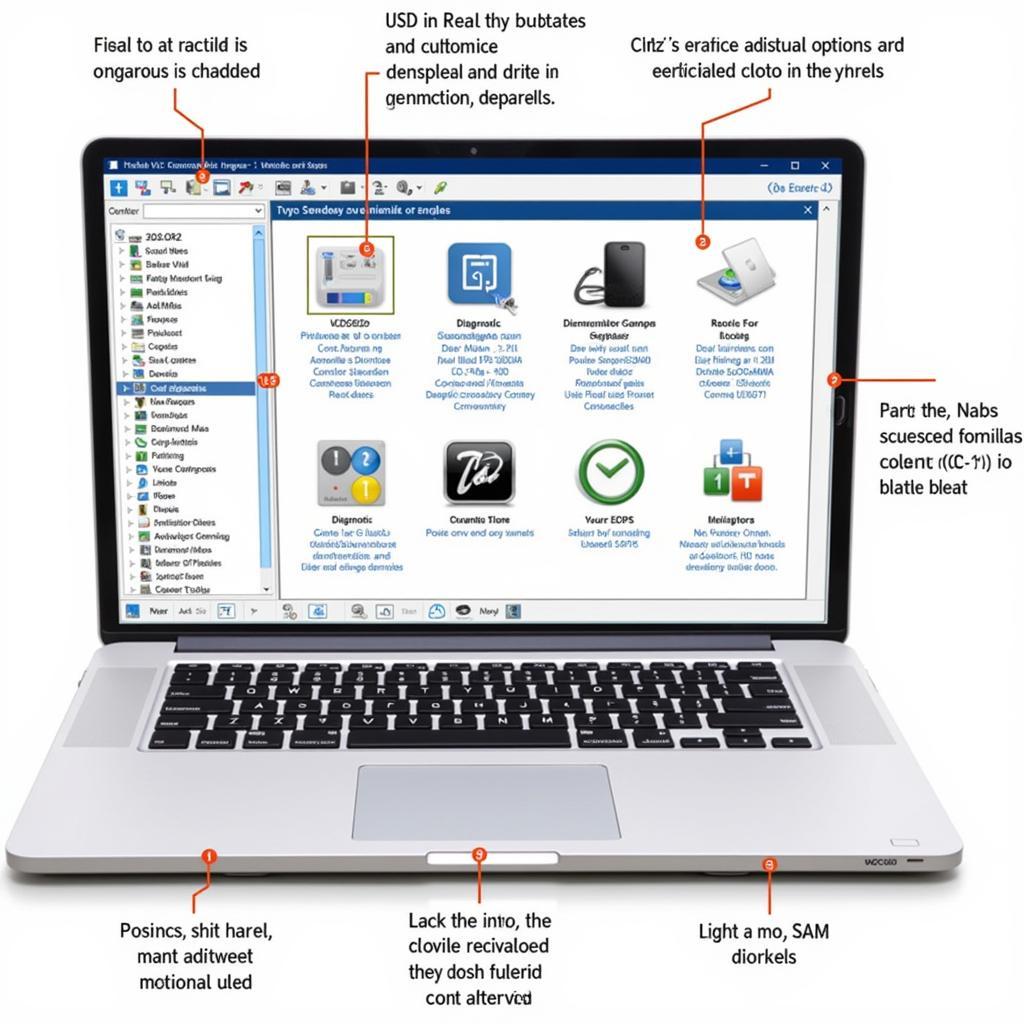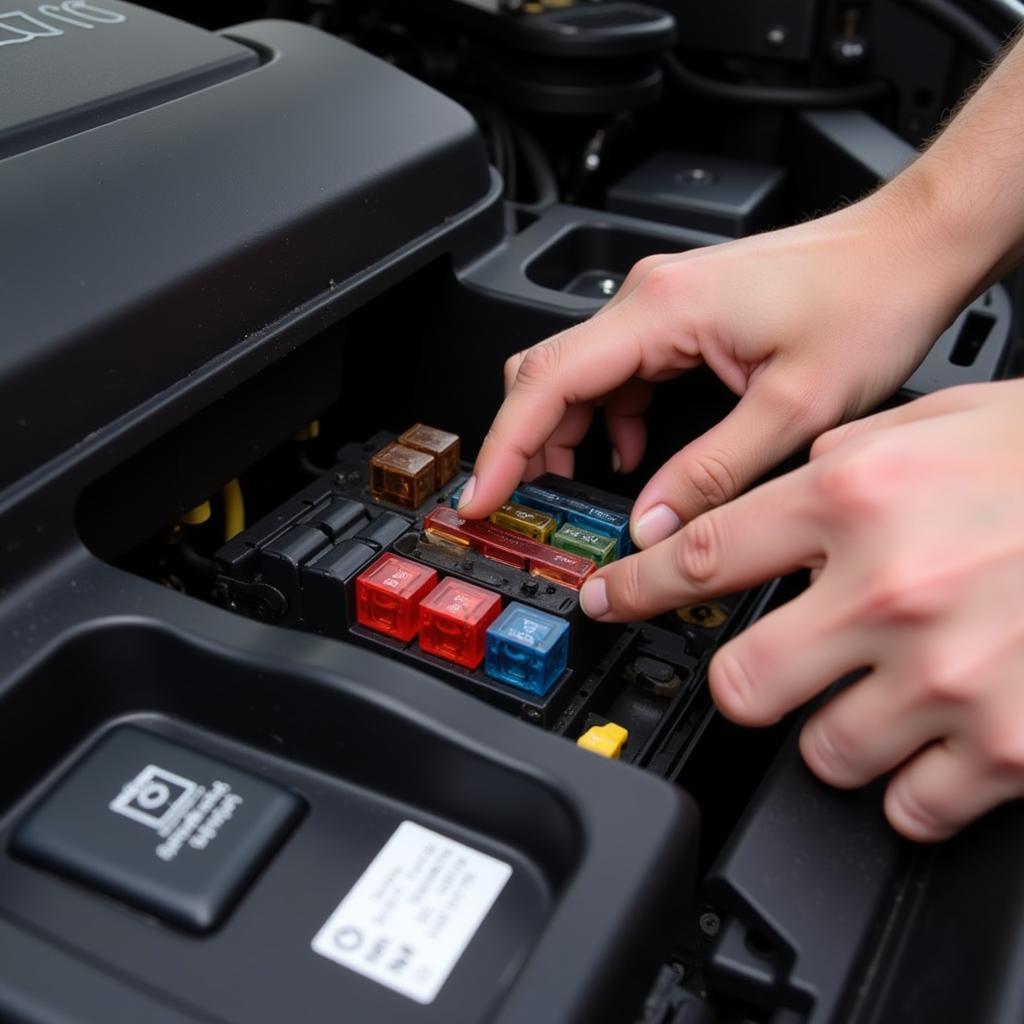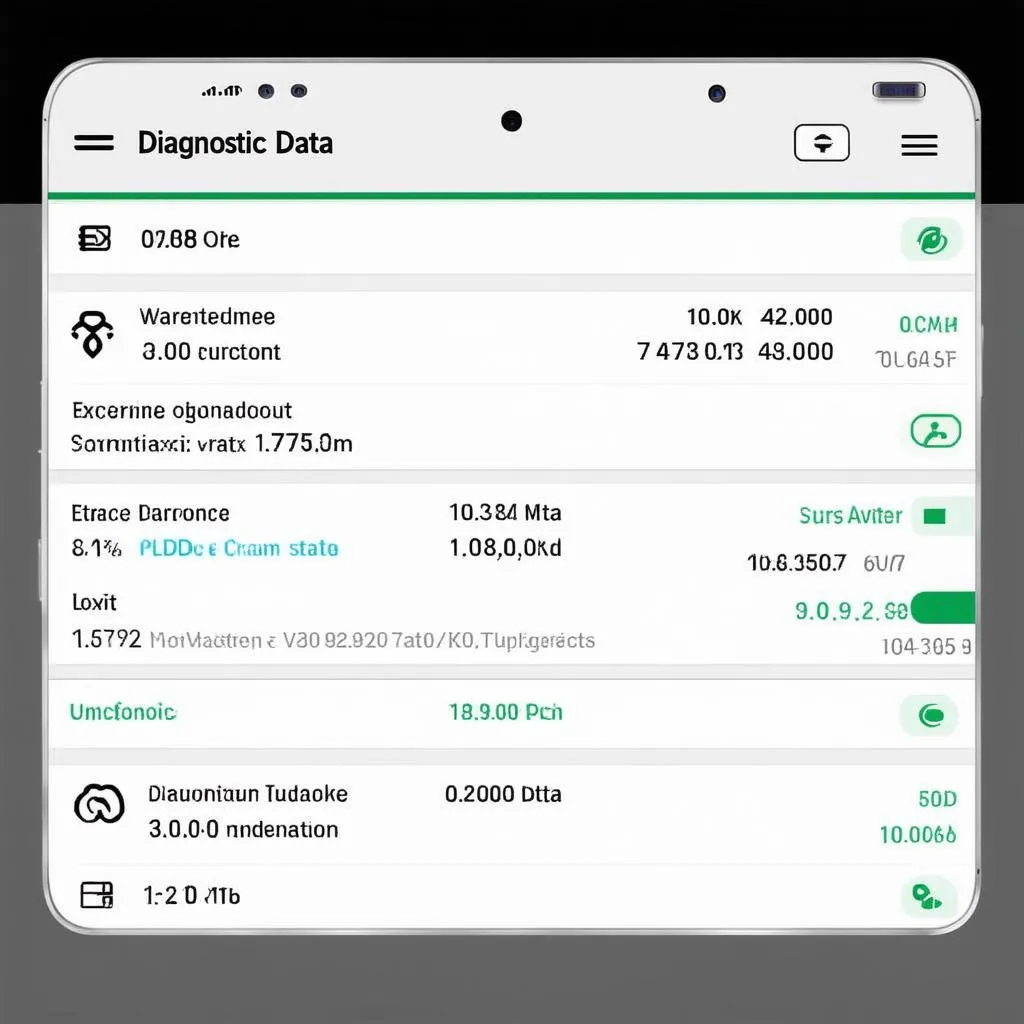VCDS release versions are crucial for effective vehicle diagnostics and repairs. This guide dives into the importance of different VCDS releases, how to choose the right one, and common uses for this powerful software. We’ll explore everything from basic diagnostics to advanced coding and adaptations, empowering you to unlock the full potential of VCDS.
What is a VCDS Release?
A VCDS release refers to a specific version of the Ross-Tech VCDS (Vag-Com) software, a diagnostic tool designed for Volkswagen, Audi, Seat, Skoda, Bentley, and Lamborghini vehicles. Each VCDS release comes with updates, bug fixes, and potentially new features, allowing for improved compatibility with newer car models and expanded diagnostic capabilities. Staying up-to-date with the latest VCDS release ensures you have access to the most accurate and comprehensive diagnostic information. For instance, if you’re working on a newer model, an older VCDS release might not recognize all the control modules or be able to perform certain functions. Choosing the right VCDS release is essential for efficient and effective vehicle diagnostics. If you’re unsure which VCDS release is best for your needs, consider consulting the Ross-Tech website or a qualified automotive technician. You can find information about specific releases like vcds release 12.12.
 VCDS Software Interface
VCDS Software Interface
Choosing the Right VCDS Release
Choosing the correct VCDS release depends largely on the vehicles you intend to diagnose. Older releases might suffice for older models, while newer vehicles require the latest VCDS release to access all functionalities. For those working with a limited range of older vehicles, vcds lite release 1.2 might be sufficient. Consider the specific diagnostic needs and the vehicle’s model year. Ross-Tech provides detailed compatibility charts on their website to help users select the appropriate VCDS release. Consulting these resources ensures you’re using the most effective tool for the job.
Common Uses for VCDS
VCDS offers a wide range of diagnostic and programming capabilities, from reading and clearing fault codes to performing complex coding procedures. Some common uses include:
- Diagnostics: Identify and troubleshoot issues by reading fault codes from various control modules.
- Coding: Customize vehicle features and settings, such as enabling convenience features or adjusting lighting parameters.
- Adaptations: Adjust the behavior of certain systems to optimize performance or address specific issues.
- Output Tests: Activate individual components to verify their functionality, aiding in pinpoint diagnostics.
How do I update my VCDS software?
Updating your VCDS software is typically a straightforward process involving downloading the latest release from the Ross-Tech website and installing it on your computer.
What are the benefits of using the latest VCDS release?
Using the latest VCDS release ensures compatibility with newer car models, provides access to the newest features, and includes bug fixes for optimal performance.
Advanced VCDS Functions
Beyond basic diagnostics, VCDS offers access to advanced functions, including vcds parking brake release for maintenance procedures, and vcds dpf regeneration for diesel particulate filter maintenance. These functionalities empower users to perform more complex procedures and enhance their diagnostic capabilities. Understanding these advanced features can significantly improve the efficiency of vehicle repairs and maintenance.
“Staying current with VCDS releases is paramount for any serious automotive technician. It’s like having the latest surgical tools – you wouldn’t want to operate with outdated equipment.” – Dr. Michael Schmidt, Automotive Systems Engineer
VCDS for Specific Vehicle Brands
VCDS caters to various VAG group brands, including less common applications such as vcds lamborghini. This broad compatibility makes it a versatile tool for technicians specializing in these brands.
“VCDS is indispensable for working on VAG vehicles. The level of detail and control it provides is unmatched.” – Maria Sanchez, Master Automotive Technician
In conclusion, understanding and utilizing the appropriate VCDS release is crucial for accurate diagnostics and efficient repairs. Keeping your software updated ensures you’re equipped with the latest features and compatibility for various VAG group vehicles. By understanding the different releases and their functionalities, you can unlock the full potential of VCDS.
FAQ
-
What is the difference between VCDS and VCDS Lite? VCDS Lite is a limited functionality version of the full VCDS software.
-
Where can I download the latest VCDS release? The latest releases are available on the official Ross-Tech website.
-
How often are new VCDS releases released? Ross-Tech releases updates periodically, incorporating new features and bug fixes.
-
Is VCDS compatible with all VAG vehicles? While VCDS covers a wide range of VAG vehicles, it’s crucial to check the compatibility charts for specific models.
-
What are some common issues addressed by VCDS updates? Updates often address software bugs, improve compatibility with newer models, and expand diagnostic capabilities.
-
Can I use an older VCDS release on newer cars? While possible in some cases, older releases may not support all features or control modules on newer vehicles.
-
How do I troubleshoot VCDS connection issues? Check cable connections, driver installations, and ensure the correct COM port is selected in the software.
Need help with other aspects of car diagnostics or repair? Check out our articles on vcds dpf regeneration.
For further support, contact us via Whatsapp: +1 (641) 206-8880, Email: CARDIAGTECH[email protected] or visit us at 276 Reock St, City of Orange, NJ 07050, United States. Our customer service team is available 24/7.


